Rose is one of the most popular plants in the world. Her flowers are distinguished by a huge variety of shades and shapes, beauty, as well as a unique aroma.
Because of this, most gardeners try to grow roses in their area. Care in the fall and preparation for winter very important for these colors, so you should approach all ongoing events with maximum responsibility.
Content
Autumn care
Autumn care for roses requires various events. Their goal is to prepare the bushes for the first frosts and the winter period. Care includes not only pruning plants and fertilizing, but also taking pest control measures. The spring blooming of roses will depend on the quality of this work.
Pruning bushes
In order for the bushes to winter well, it is necessary to care for roses in the fall. First of all, it is very important to correctly trim. It is necessary not only for those plant varieties whose bushes reach a height of 2 meters, but also miniature.
Florists distinguish several ways of pruning roses:
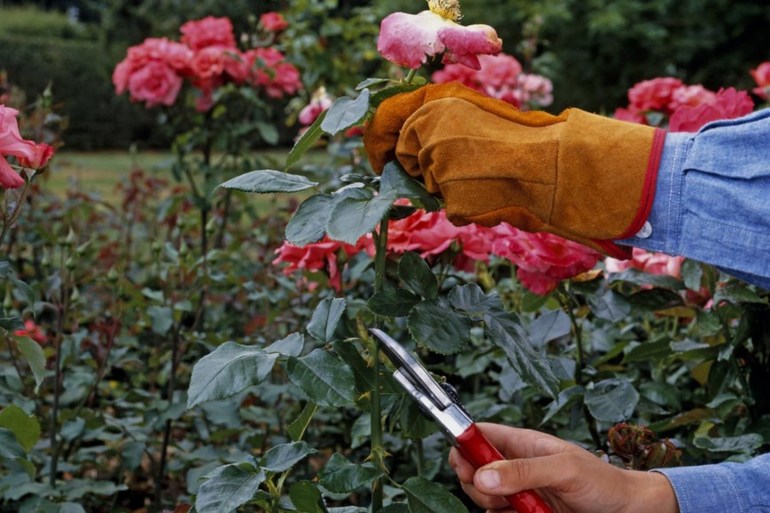
- A short one. It provides for the shortening of shoots to a height of not more than 15 centimeters above the surface of the soil. It is important that at least 3 buds remain on the stems, which, with the onset of heat, will quickly begin to develop. This type of pruning is often used to prepare curly polyanthus and cascading roses for the first frost.
- Average. In this way, hybrid tea, Pernian and remontant roses are trimmed. The shoots of plants are shortened so that 5 buds remain on them. In most cases, the height of the bushes prepared by this method does not exceed 40 centimeters.
- Long. This type of shortening involves removing only the tips of the shoots. As a result of these actions, stems up to 1 meter high remain, on which at least 8 buds remain. So they treat garden Bengal, park, old english and climbing small-flowered roses.
It is very important to trim under optimal temperature conditions (below - 5 degrees Celsius). If you neglect this rule and process the bushes in warmer weather, then they can immediately begin to grow, which will lead to the death of the plant during the first frosts.
In order to prune roses correctly, The following rules must be observed:
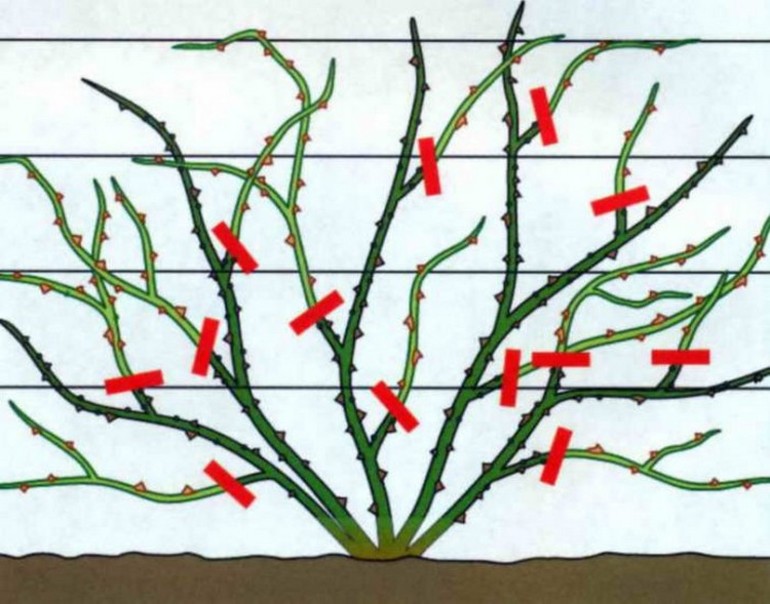
- Work should only be carried out using a special secateurs. At the same time, its blade should be as sharp as possible.
- Experienced gardeners recommend making a cut 5 millimeters above the bud, which grows on the outside of the shoot.
- You can cut the shoots only at an angle of 45 degrees.
- Damaged, crooked or dry shoots are best removed completely.
- Cut points must be protected from microorganisms. To do this, experts advise treating them with chopped wood ash or any antiseptic available.
Fertilizer fertilizer
On pruning, the preparation of the rose for winter does not end. The next step should be fertilizing fertilizers. In most cases, it is carried out no earlier than 15 days after removal of the extra parts of the shoots. It’s important not to use top dressingcontaining nitrogen. They only accelerate the growth of leaves, which are absolutely not needed before wintering.
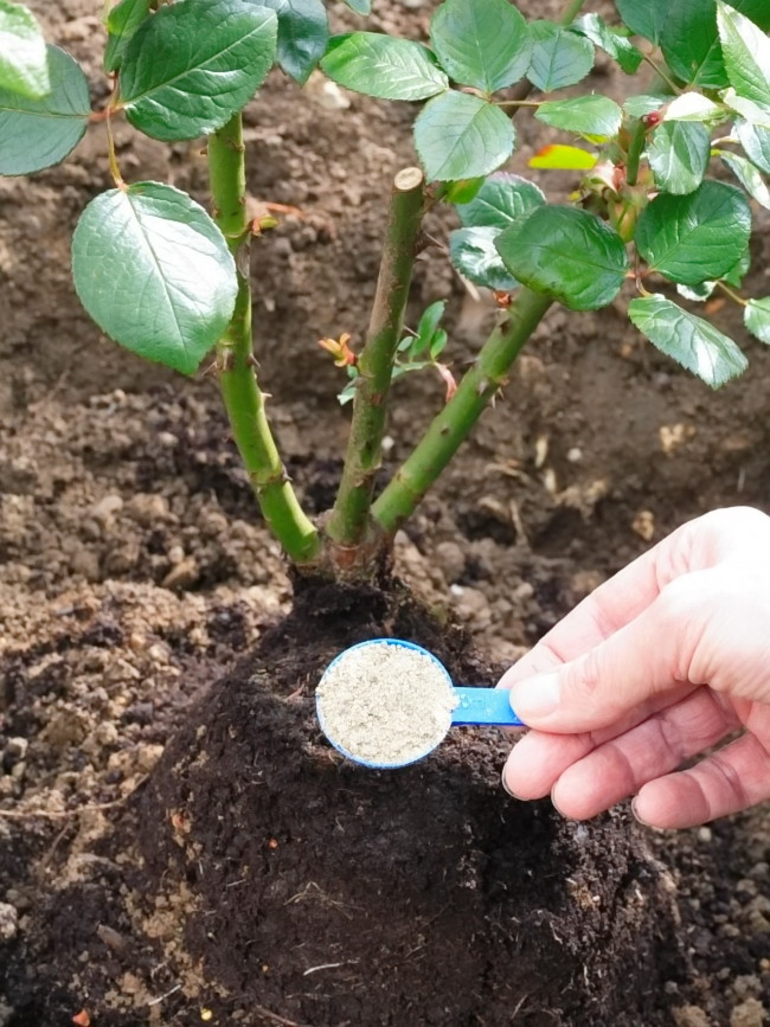
The order of the process:
- A bucket of 10 liters is filled with water.
- 15 grams of magnesium sulfate and potassium are added to the liquid.
- After their dissolution, pour 2 g of boric acid and 20 grams of superphosphate.
- All components of feeding are thoroughly mixed.
- The resulting solution is poured under the root of the plant. This should be done immediately after the main watering.
This amount of fertilizer is enough to process 20-30 small bushes.
Pest control
In autumn, it is very important to spray roses with pests. This is done in order to kill the remaining spores of fungi and reduce the likelihood of their successful wintering. Even plant varieties that are rarely attacked by pests need to be treated with chemicals.
In most cases, gardeners recommend spraying bushes with a three percent solution of iron sulfate. It can be bred only in plastic, glass or enameled dishes that do not enter into a chemical reaction with the substance. If you use a metal container, the solution will begin to interact with iron, which will lead to the formation of compounds harmful to roses.
From black spotting and powdery mildew The following chemicals will help:
- Topaz;
- Speed;
- Home;
- Fundazole.
Event Dates
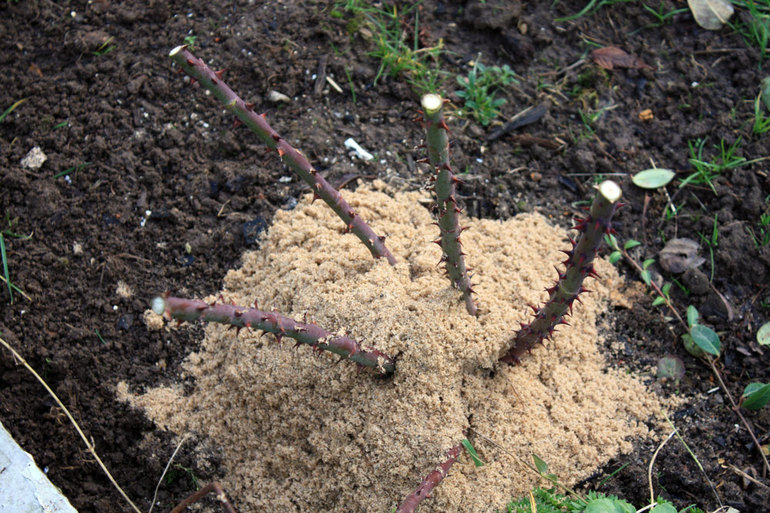
As soon as the air temperature drops below zero, the sap flow in the upper part of the plant stops, and the roses go to sleep. If warming occurs, then all processes will resume, and with subsequent frosts, the juice in the shoots will turn into ice.
All this will lead to rupture of the protective layer of the stems. Pests that provoke various rose diseases can easily penetrate into the cracks formed.
In order to avoid such a scenario, it is necessary to carry out all the measures envisaged in a timely manner. Each region has its own preparation time. If you skip the optimal period, you can lose most of the bushes.
Dates for different regions are as follows:
- Moscow region. From mid-September to early October, autumn care for roses is provided. For the winter, you need to have time to make fertilizers, dig the soil near the roots, remove the leaves and cut the stems. If the first cold weather came before the stipulated time, then it is necessary to protect the bushes with a special shelter.
- Ural. In this region, colds come much earlier, so all preparatory work must be completed before the beginning of September. If weather forecasters predict a sharp decrease in temperature, then the bushes need to build a small shelter.
- Siberia. Preparations for winter begin already in August. In the first month of autumn, bushes are covered with protective materials. If severe frosts without snow are expected, then additional bushes should be insulated.
- Leningrad region. Preparatory work in this region is carried out from September to October. First of all, the remaining buds are cut from the bushes and potassium-magnesium fertilizers are applied to the soil. After that, shoots are cut and roses are covered.
Features of preparing for winter
Different varieties of roses require some preparation for the cold season. It is important to consider the characteristics and characteristics of each plant species. This will help to keep the maximum number of bushes and avoid any problems.
Hybrid and Tea Hybrid
Almost all representatives of climbing roses do not need in autumn pruning. The only exception is large-flowered, which are shortened by about a third of the length.
The most popular method for preparing climbing roses:
- The soil surface around each bush is thoroughly cleaned of vegetable debris.
- All leaves are cut off from plants.
- The shoots are bound and treated with any antifungal chemical.
- Spruce twigs are placed under the whips.
- A layer of soil mixed with sand is poured over them.
- The shoots carefully bend down and build shelter over them.
Tea hybrid varieties are prepared a little differently. They are trimmed by about 10 centimeters, and then perform the following actions:
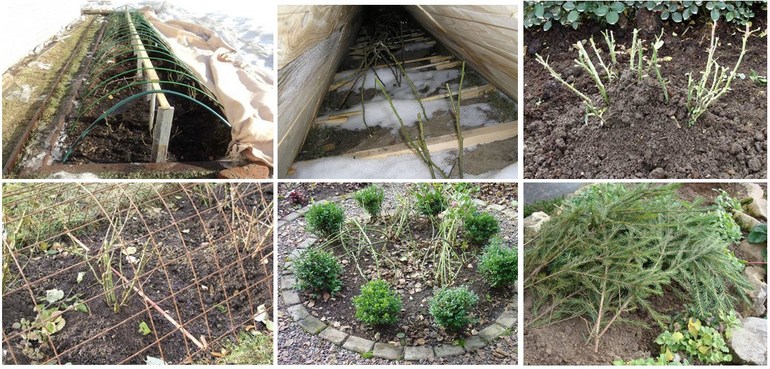
- From the bush cut off all the leaves.
- The stems of the plant and the soil at the root system are treated with a solution of copper sulfate.
- Dig the earth around the bush and spud it with sand.
- The shoots are tied with a strong rope, and then bent to the ground.
- Around the roses, a wooden frame is equipped, the roof of which is covered with special agrofibre.
- A layer of film is pulled over it.
Park and ground cover
Park varieties of roses are distinguished by their ability to withstand extreme cold snap and severe frosts. They do not require mandatory pruning and are shortened only to improve flowering.
The sequence of events:
- Shoots with any defects are cut from the bush.
- Before the onset of frost roses spud peat.
- The stems are connected to each other and gently bent to the ground.
- A frame is built around the bush, which is covered with burlap or kraft paper.
Under the worst weather conditions, the following actions are performed:
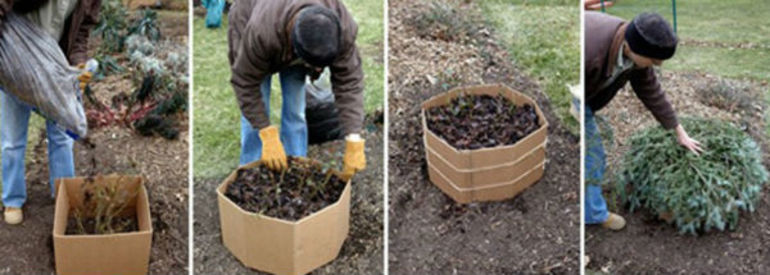
- Bushes on all sides are covered with spruce or pine branches.
- Then form a shelter from the boards, which is fixed with an earthen embankment.
- The roof is covered with agrofibre or any other waterproof material.
- For better protection against moisture, the frame is covered with a layer of transparent film.
- All construction details are securely fastened together. This is necessary so that the structure can withstand the strongest gusts of wind.
Recommendations from experienced gardeners
In order to avoid the death of bushes, it is necessary to strictly observe the rules for the care and preparation of plants for winter, and also take into account the recommendations of professionals. They will become an indispensable help for beginner growers who want to grow various varieties of roses.
Recommendations of specialists:
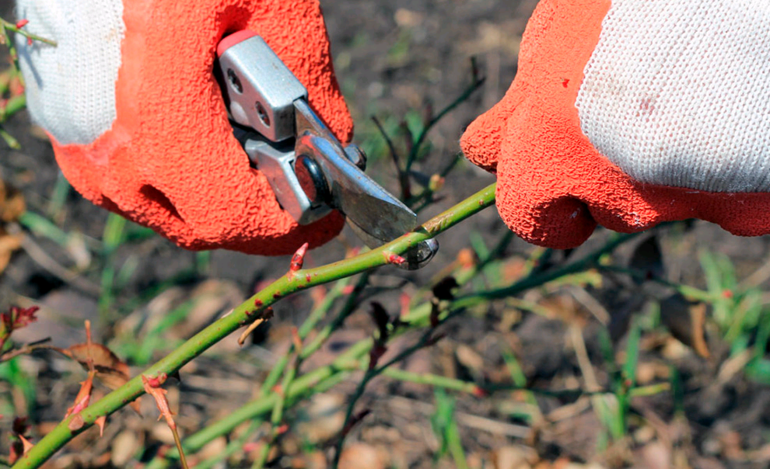
- In the autumn period, any gardener needs to slow down the growth of bushes and strengthen their root system. For this, fertilizers should be applied in a timely manner from mid-summer.
- In order for the plants to absorb the maximum amount of fertilizer, it is necessary to top dress only in clear and dry weather.
- Unripe shoots must be removed from the bushes. They can be recognized by the reddish color of the outer shell.
- Experts do not recommend often watering the bushes, as this can lead to the formation of a large number of new shoots.
- Bending shoots should only be when the air temperature exceeds 0 degrees Celsius. Otherwise, the stems will be as fragile as possible and may break from the slightest physical impact.
- The shoots of roses should be bent gradually over several days. This should be done as carefully as possible so as not to damage them.
- Bent bushes should not be left without protective shelter for a period of more than 10-15 days.
- Shelters need to be covered only at freezing temperatures. If you neglect this advice, then they will begin to quickly rot and disappear.
- As a protective material, you can use sawdust, peat, dry birch or oak leaves, compost.
- When using sawdust, it is necessary to build a small canopy over the roses. It will keep the protective material dry, which will reduce the likelihood of mold and dangerous microorganisms.
- If a roof is built over the bushes, then it should have a slight slope needed to drain rainwater.
Caring for roses in the fall and preparing for winter are the most important tasks for gardeners. If you follow all the recommendations of professionals and take into account the slightest nuances of the process, then in the spring you can admire the beautiful flowers and enjoy the aroma emanating from them.

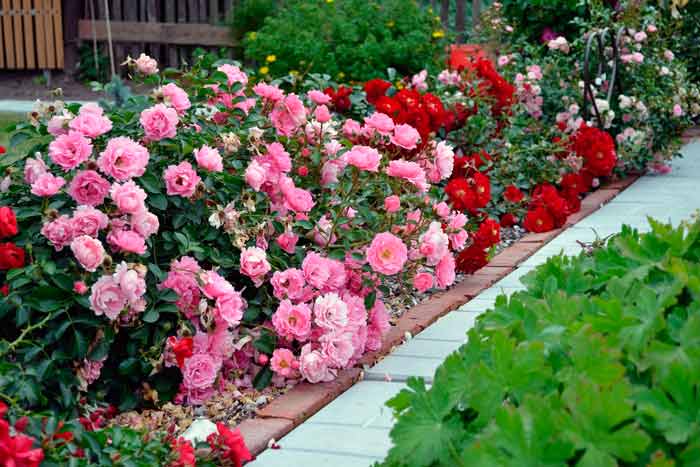 Shelter of roses for the winter: at what temperature does the robot hold
Shelter of roses for the winter: at what temperature does the robot hold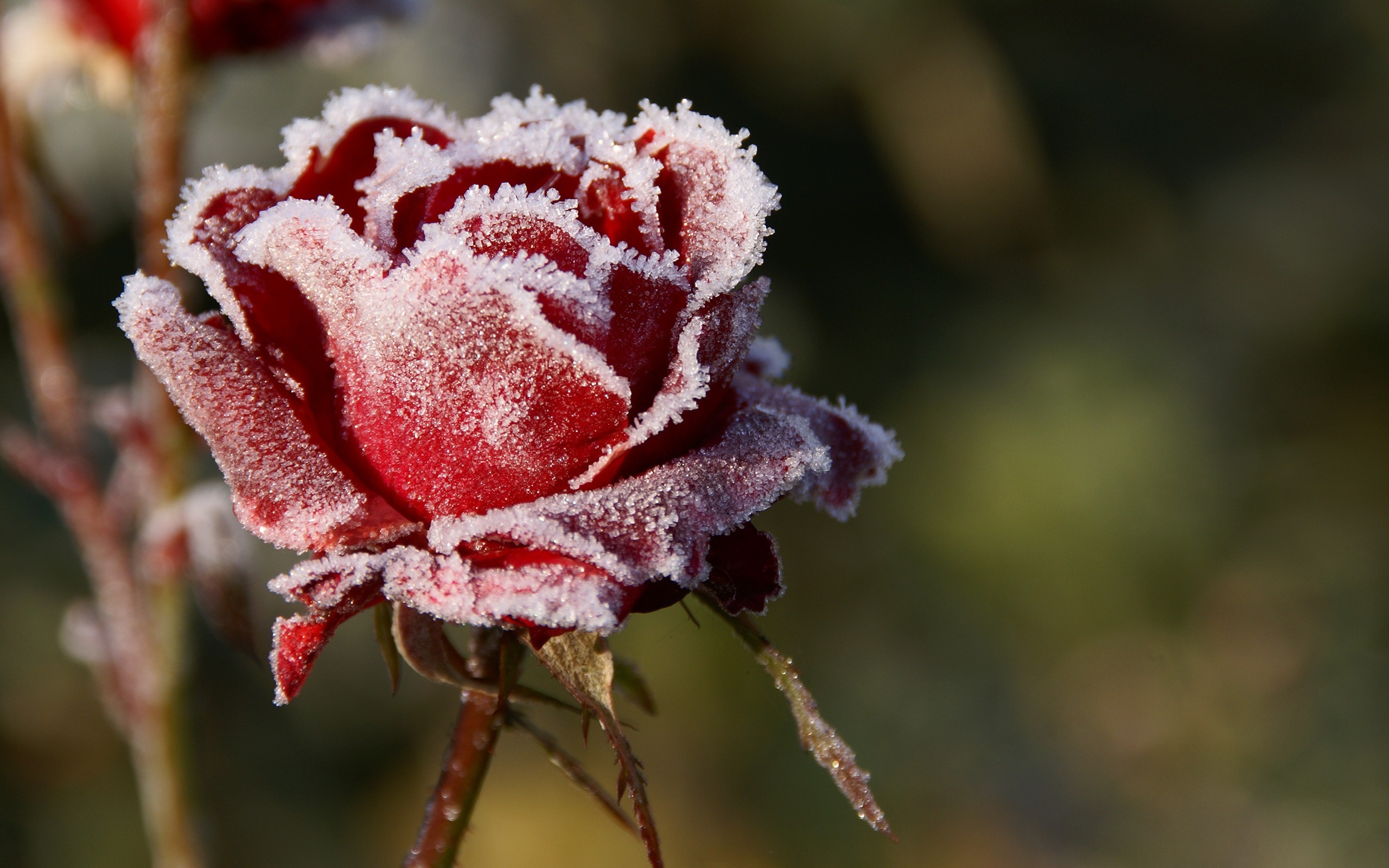 How to prune roses in the fall: timing, pruning rules, pros and cons
How to prune roses in the fall: timing, pruning rules, pros and cons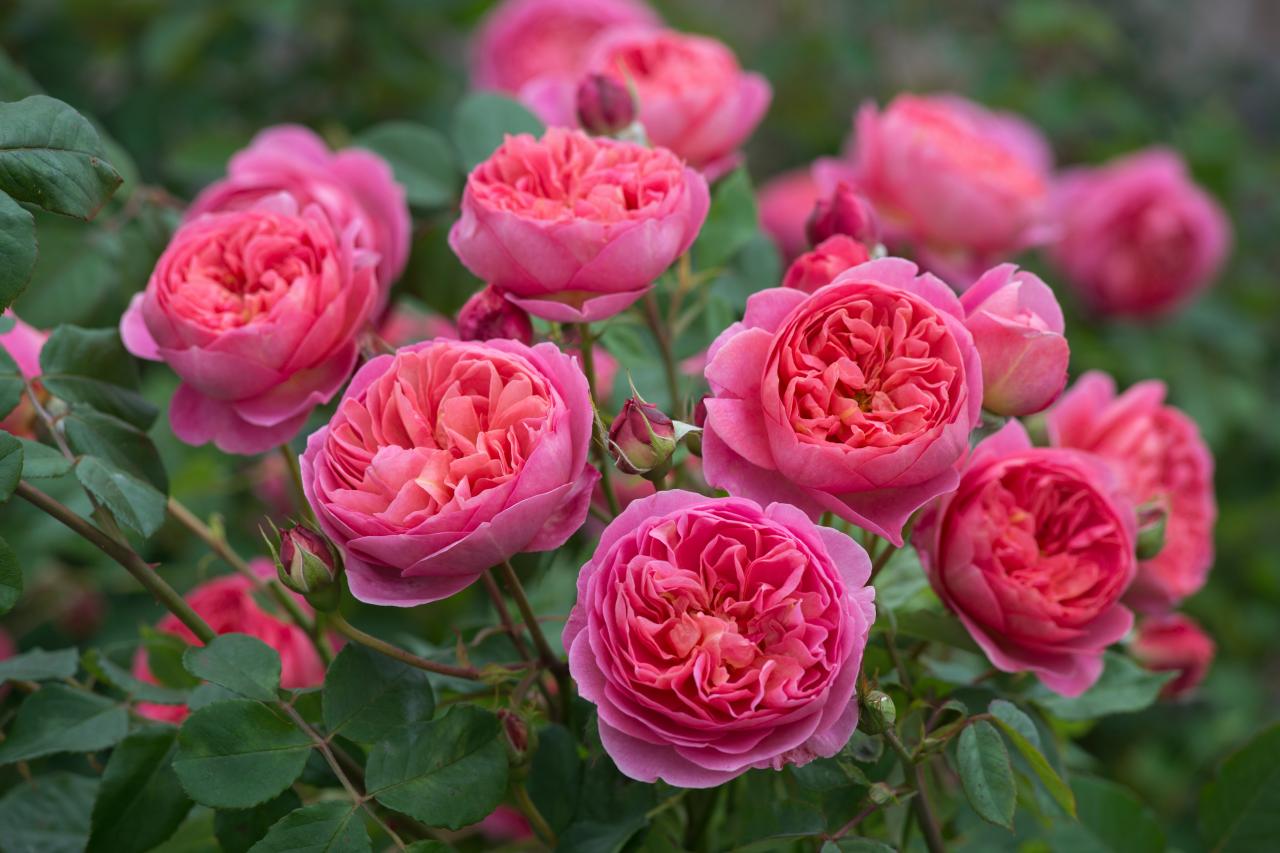 What are the varieties and types of roses
What are the varieties and types of roses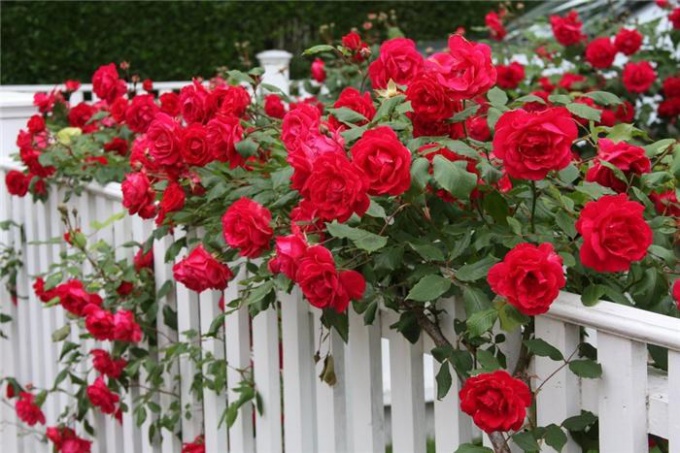 How to process roses with iron sulfate in autumn: proportions, advantages and disadvantages
How to process roses with iron sulfate in autumn: proportions, advantages and disadvantages